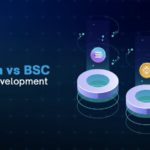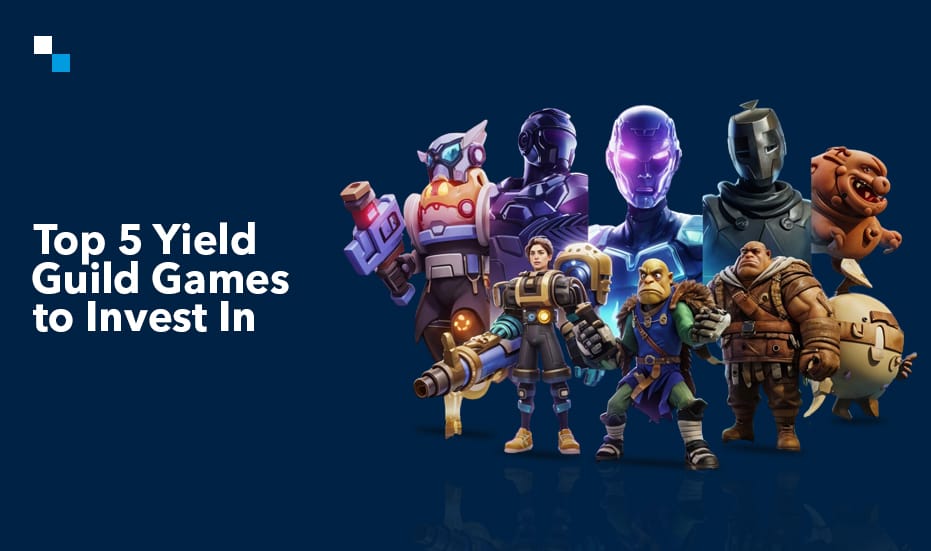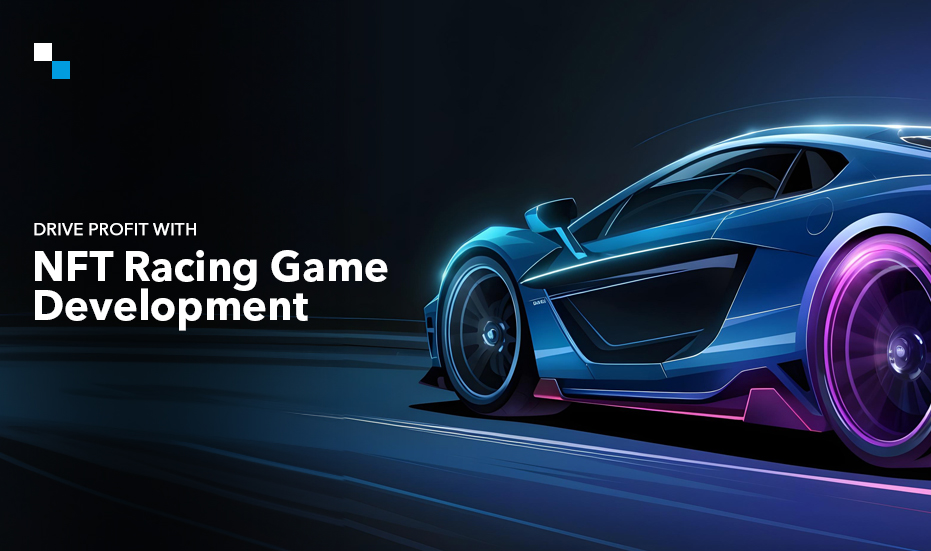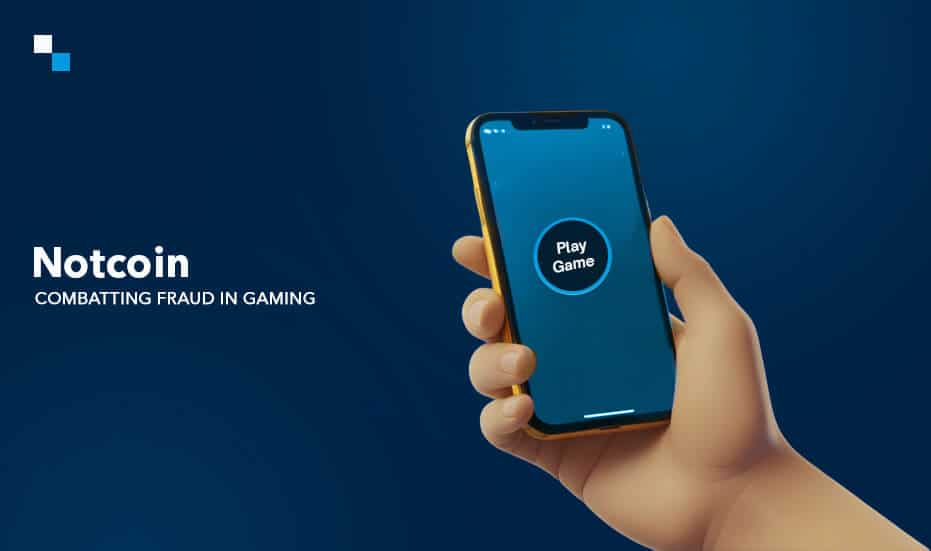
BSC Vs Solana – Which one is better for dApp development?
April 25, 2022
How To Build A Custodial Wallet Which Supports USDT TRC20 Network?
April 26, 2022Auctions have an extensive history spanning back to hundreds of years. It is interesting to see how this mode of raising funds has evolved over time. Today, bidding is one of the fastest growing use cases on blockchain. Thanks to decentralized NFT marketplaces that let buyers and sellers engage over a peer-2-peer model. In the following blog, we understand the scope of NFT Auction portal development and how it can be used to ensure transparency of processes.
In an organized bidding process, the results are designed to match the best available price, independent from the supply, or inspire counterbidders. Tokens on a blockchain reflect NFT Development and tangible goods in the virtual world. As a result, non-liquid assets are being released, and revenue streams are generated. NFTs changed the way people invest and raise funds.
While we are at it, blockchain is instrumental in building decentralized NFT auction platforms. This helps in improving services in the NFT trading area. Here’s more on NFT auction portal development.
Let’s understand how does an NFT Auction Portal works for bidders and Auctioneers:
To submit bids on NFT-based bidding platforms, you must first register with the site, link your wallet, and check you get sufficient ETH in a private wallet to pay and place a bid. Now go to the NFT page where you wish to make offers and click on the bid button.
If you are the first to bid on the auction site, you must meet the author’s initial price. If someone reaches the beginning price, the following offer should outperform the next highest bid by 10% or 0.1 ETH, depending entirely on the lower price.
During the bidding process, you will receive an error notice explaining if your offer is too low or verifying the request if your bid is accomplished. You must confirm the trade with your digital wallet by spending the trading charges to finish this process. You must pay a running cost or execute an Ethereum transaction each time you bid. After the transaction is completed successfully, the money is removed from your wallet and placed in escrow’s smart contracts on the Ethereum Blockchain.
Some NFT-based auction services will email you information about your bids and track the progress of trades on the Blockchain.
Create your own NFT Auction Portal
Schedule Free DemoRevenue Model for the NFT Auction Portal
The NFT auction site provides multiple options for administrators and investors to generate money and profit. You may select whichever income model best meets your company’s needs. Here are some of the most common monetization strategies for the NFT auction site.
NFT Sales Tax
When a listed NFT is sold over the platform, the NFT auction site levies a fee to the seller. The portal can charge a set fee or a variable fee based on the sales price for each NFT transaction.
Fee for Processing
As an administrator, you can charge a fixed or customizable processing fee for each transaction that occurs on the platform. The higher the number of transactions on the platform, the higher the revenue you generate.
Fee for Listing
When artists submit their digital assets for auction, you can charge a listing fee and a specified percentage. The listing cost may increase or decrease depending on the value of the NFT, or a set fee may be levied for accessing platform functionalities.
Prominent Features Of An Nft Auction Portal
STOREFRONT: The storefront gives consumers extensive details about the digital assets, such as the proprietor, offers, user data, pricing history, etc.
LIVE AUCTION: NFTs could also be sold to interested customers during the live auction function. The NFT-based auction systems provide information like bidders, token ids, forms of payment, value, number of bids put by buyers, photos, and time remaining for bids.
SEARCH OPTION: NFT bidding portals should have categories and administration features to allow consumers to easily search for things they want to purchase on the bidding portal.
COLLECTIONS: Some NFTs sell for a high price if correctly exhibited in the collections category area. As a result, the NFT Auction Website Development must have a collection part with vital insights such as features, digital asset attributes, average selling price, seller name, turnover ratio, and total supply.
LISTING FEATURE: This is a unique feature for sellers. The Bidding portal Development allows users to generate listings by enabling them to enter information about their NFTs.
AUCTION AND BUY: Any Online Marketplace Portal Development should contain bidding and purchasing activities that help users enter bid amounts, bid status, expiry date, etc.
WALLET: Every Auction Portal Website Development project should contain a wallet that lets users transfer, receive, and hold NFTs and bitcoins. Users must be able to utilize wallets to receive, transmit, and store NFTs. To provide a smooth experience to users, the NFT Bidding Site should either build its wallet or permit interaction with current wallets.
RATINGS: Ratings are vital when developing NFT auction solutions since they allow new users to learn about the auction portal based on its ratings. Ratings let consumers choose the finest NFTs in the auction portal; they may make decisions based on the ratings, which increases customer retention on the auction platform. Each bidding portal should have a unique set of features and functions. To market your NFT-based auction platforms, develop new articles and communities.
VARIOUS PAYMENT OPTIONS: In addition to wallets, a reputable auction site, the NFT marketplace should accept multiple payment options.
INSTANT ALERTS: This feature distributes all the current auction portal information via email notifications, including real-time data on releases, future bidding, new zero token substitutes, etc.
24/7 CUSTOMER ASSISTANCE: The NFT auction site should include client support, which can help to increase customer retention.
How to approach your NFT Auction Portal Development?
Development from Scratch
The program is created from the ground up, with distinct features and capabilities during this procedure. To guarantee that the program works as intended, you must recruit a developer team, QA specialists, business analysts, etc. As a result, both the development cost and the time required in the process are expensive. The development cost might range between a few thousand dollars to a hundred thousand dollars, and it can even go higher if you wish to add more capabilities to the platform. This method is suggested if you have an entirely fresh concept with distinct characteristics and want to create a niche for your venture.
Development from Whitelabel solutions
Whitelabel solutions are fully prepared solutions that are pre-fabricated. They have been well tested and are dependable alternatives for building an online bidding software. In contrast with the development from the scratch method, the time to develop and cost to develop is relatively minimal. And this is most likely the primary reason companies and aspiring entrepreneurs chose them for NFT Auction Portal Development. The cost of development is generally low compared to the option discussed above.
NFT Auction Portal Development with Antier Solutions
Overall, it is believed that the NFT Auction Portal Development are lucrative ventures for all artists, crypto enthusiasts, and company owners. It just needs you to stay focused, make intelligent decisions, and be consistent because any application, especially promoting unique assets, may take time to flourish.
As a reputed blockchain consulting firm, Antier excels in NFT platform development for a wide range of industrial use cases. Intrigued? Let’s collaborate over a demo.



